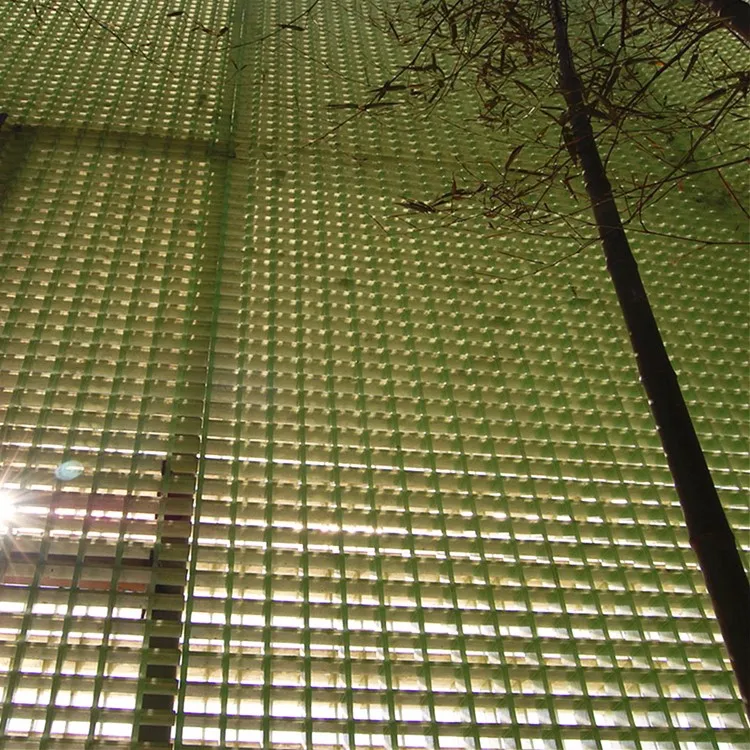

You could use the lattice panels from top to bottom along with your fence posts. You could plant vines all along the bottom of your fence and within a few growing seasons, you will have a beautifully and naturally shaded fence structure that will also serve to give your space some privacy. Vinyl lattice fences are not as common as wood and metal, but vinyl is making an up rise and is a choice that you can basically set and forget! Lattice Fence For PlantsĪ lattice fence can serve as not only your fence structure that protects a space, but it is also a great medium for climbing plants like vines to grow on. Vinyl requires the least amount of maintenance and upkeep and are great in any climate. Metal lattice is a great option for any climate or soil condition. Wooden lattice is also very easy to find and is the most affordable option in comparison to vinyl or metal. It can be painted and/or stained to reflect countless colors and shades. Deciding which one of these materials to use has a lot to do with your personal preference, but you should also consider the environment in which your lattice fence will reside. Spend a little time cleaning up the surface that you’ll be apply the lattice to beforehand.All Lattice Fence Ideas Types of Lattice MaterialĪs I stated before the most common types of materials used to construct a lattice fence are wood, metal, and vinyl. You might think that the tight diamond pattern would draw attention away from any marks or imperfections in the surface behind the lattice. I might point out though that the lattice isn’t meant to cover imperfections. You can do the math, or just use our lattice calculator to figure out how much lattice, how many finish nails and even how many cuts, time required and cost! I went with finish nails for two reasons: I had them already and their really easy to use! You be the judge though, if your lattice will be vulnerable to strong weather conditions or other forces, staples will beat nails any day of the week. Manufacturers suggest using staples, but that seems like overkill. This ended up producing very clean cuts, not to mention giving a little attention to the unused edge on my circular saw blade! Fastening the Vinyl Lattice This would provide enough clearance for the circular saw blade. I decided to support the vinyl lattice on three 2x4s, evenly spaced on the ground.

#Vinyl lattice panels cheap how to
The next trick was figuring out how to position the lattice so I can run the circular saw blade across it.

The easiest method of cutting vinyl lattice is to grab your circular saw, reverse the blade, and cut away! The reversed blade prevents the teeth from “chopping” through the vinyl, instead allowing the smoother surface of the blade to somewhat “melt” through it. When I originally starting researching this, I came across a few posts that suggested adding strips of wood to the lattice, then sending them through the table saw. sheet of wobbly vinyl, how on earth are you going to cut this in a controlled manner?! I did not do this, but instead opted to support the vinyl in a small dirt trench. It is also recommended that you “protect” any unfinished vinyl edges (where you have made cuts) by attaching a strip of wood.I used very long finishing nails, which supporting the lattice just fine. It seems that most manufacturers recommend installation with staples.
#Vinyl lattice panels cheap free
How many times have you wanted to spruce up your home or garden but didn’t want to deal with the maintenance that comes with it? Vinyl lattice is an excellent product that can be maintenance free if installed properly.īefore I detail how I prepped and installed my vinyl lattice, let me just point out a couple things:


 0 kommentar(er)
0 kommentar(er)
